On our way back to Dunedin from the north, we decided on a whim to stop at the Matanaka historic site near Waikouaiti, home of New Zealand’s oldest surviving farm buildings still in their original location.
We cruised into Waikouaiti, the welcome sign proclaiming it “the birthplace of Otago” – and we were about to find out why! Another sign for the Matanaka Historic Place directed us down Glasgow St then to the right down Edinburgh St. This took us straight to the beach and Matanaka Rd which climbed up the headland and deposited us in a good-sized car park.
Access to the buildings is still through private land, so there are numerous warnings to not stray off the trail. In fact the farm homestead is still occupied today (although it has been much modified throughout the years) and so out of bounds, hidden by a wall of trees from the carpark and situated in a position to overlook the rest of the farm buildings to the north.
We set off to the north, following a sandy trail through a plantation of blugums, perhaps planted by settlement founder Johnny Jones himself. The trees were festooned with passion fruit vines, purple flowers in bloom, and I wondered whether they too are a remnant of Otago’s first European settlers or whether they are a more recent addition.
Then we emerged from the grove and caught sight of the lonely little group of red-orange buildings perched atop this coastal cliff.
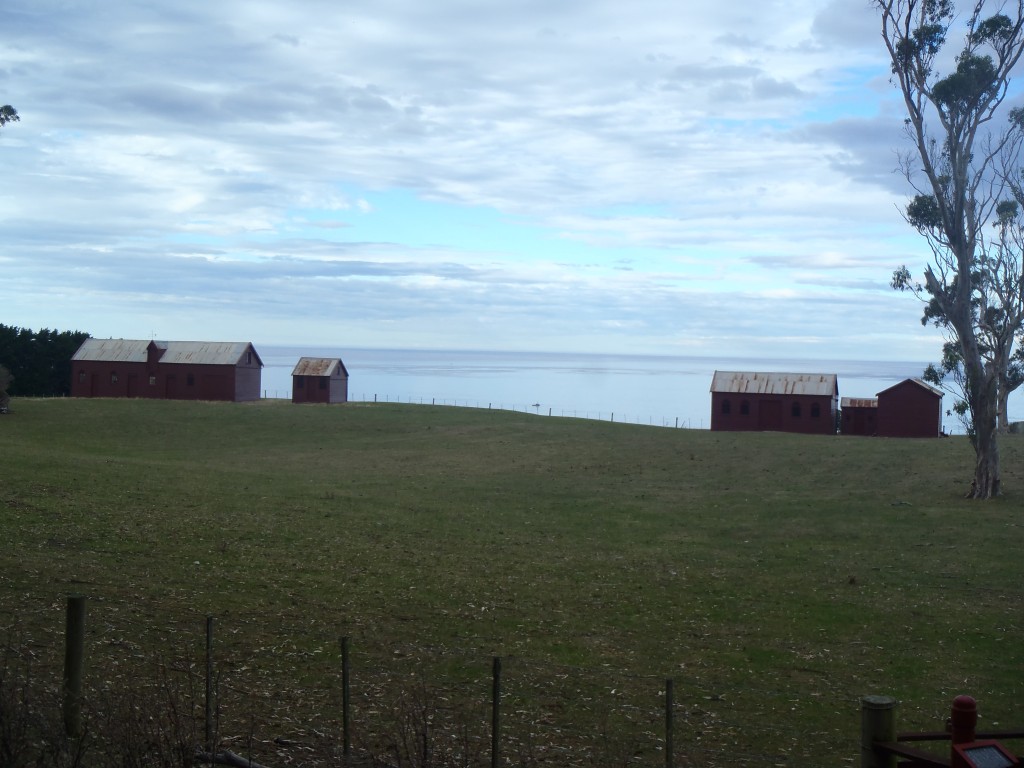
The story of this place is tied up in the story of John Jones (better known as “Johnny”). Born in Sydney in 1809, he visited New Zealand waters as a teen serving on a sealing ship. By age 21 his shrewd investments had bought him a share in three whaling ships just as the whaling industry was booming. He married Sarah Sizemore and another decade would see him the proud owner of seven whaling stations ranging along the Otago-Southland coast.
As the whaling industry began to wane, Johnny turned his attention to colonisation. He was locked out of estate ownership in his home country due to rising prices and a shortage of good land, so he looked to Otago to realise his wish of becoming the benevolent leader of a whole community.

He bought some land from the local Maori, and brought over his first load of settlers in 1840, consisting of twelve families, some single men, a doctor, and a missionary, leaving them in the charge of his brother Thomas. Unfortunately, Thomas was not a great administrator, and the site of the first village at the bottom of the cliff – known as Matanaka-by-the-Beach – was not ideal. Sand would constantly blow into the settlers’ crudely constructed houses and Johnny apparently expected them to be able to live off the land as his sealers had. In consequence, the first European village in Otago was abandoned by 1843.
Undaunted Johnny took charge of the settlement himself, importing materials including some kitset pieces for farm buildings. This time the settlement flourished and Johnny was in a position to provide much needed supplies to the young colony of Dunedin, bringing them in via the old bullock track over Swampy and Flagstaff. He was praised for not hiking up prices even though he had an effective monopoly as the only established farm holder in the area.
We set off across the paddock, approaching the first set of buildings.

The first building we entered was the school house, a two roomed building divided into a classroom and teacher’s room. The teacher’s room now contains a guest book and a wealth of interpretative signs detailing the site and its history. The other room is not accessible but you can peer through a plastic panel in the doorway to see what the classroom might have looked like in Johnny’s day.
The next one over is a three-hole long drop privy, with the central seat raised above the other two. Cosy!
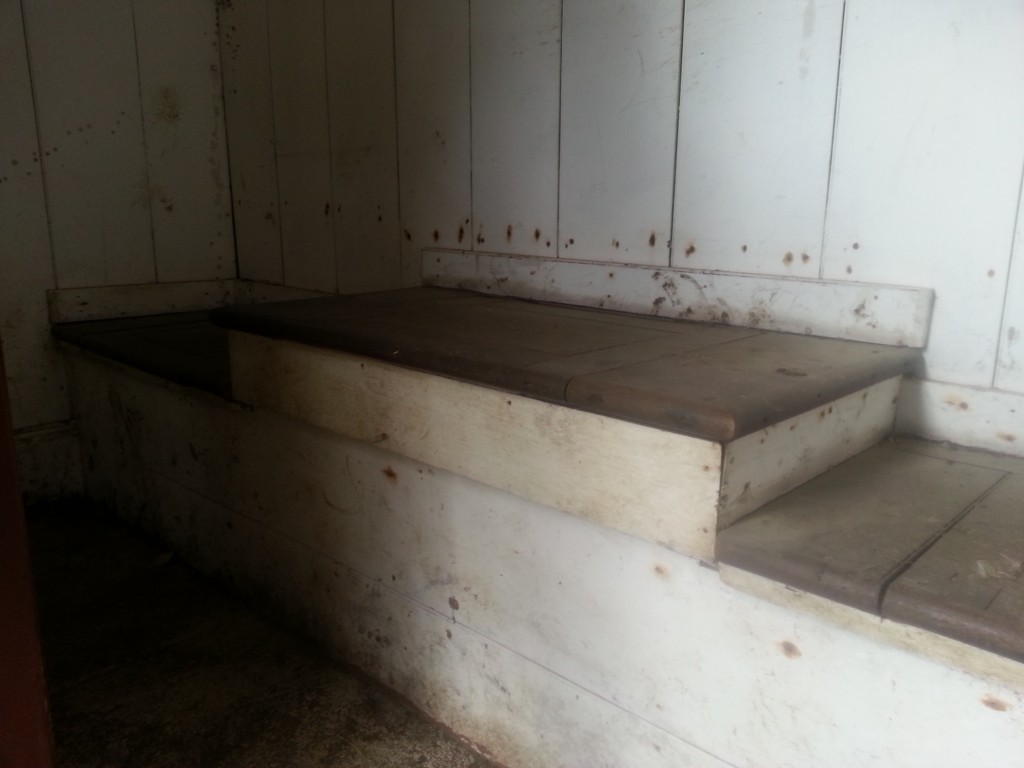
These two buildings have actually been moved from elsewhere on the property, the school house in the 1890s and the privy more recently. But our next stop, the granary, remains in its original location. Inside an old whaling boat has been placed, by appearances no longer entirely seaworthy.

Evidently this building is now mainly used as a roosting place for birds, judging by the pattern of droppings which exactly follows the arrangement of rafters above.
We moved on to the two buildings further along. The little store house is another that has been moved here from its original location. Stepping inside, we found it a little claustrophobic with low ceiling and only two windows to let the light in.
The crowning jewel of the Matanaka complex is undoubtedly the stable. Still standing proud in its original location the large two storied building was likely intended as an impressive show piece. A weather vane sits atop the loft door and the far end is peppered with pigeon holes.
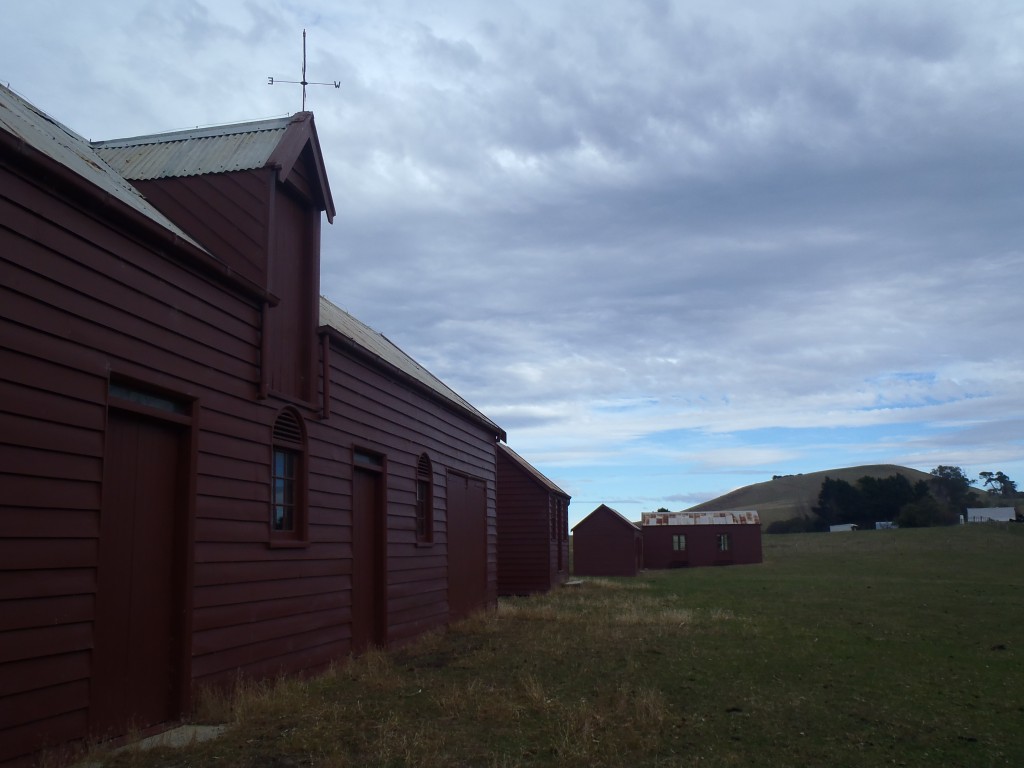
Johnny moved to Dunedin 1854 to pursue further mercantile opportunities, leaving his sons to care for his estates. He founded the Harbour Steam Navigation Company which blossomed into the Union Steam Ship Company. It seems Johnny Jones had a sharp business sense and always knew which way the wind was blowing.
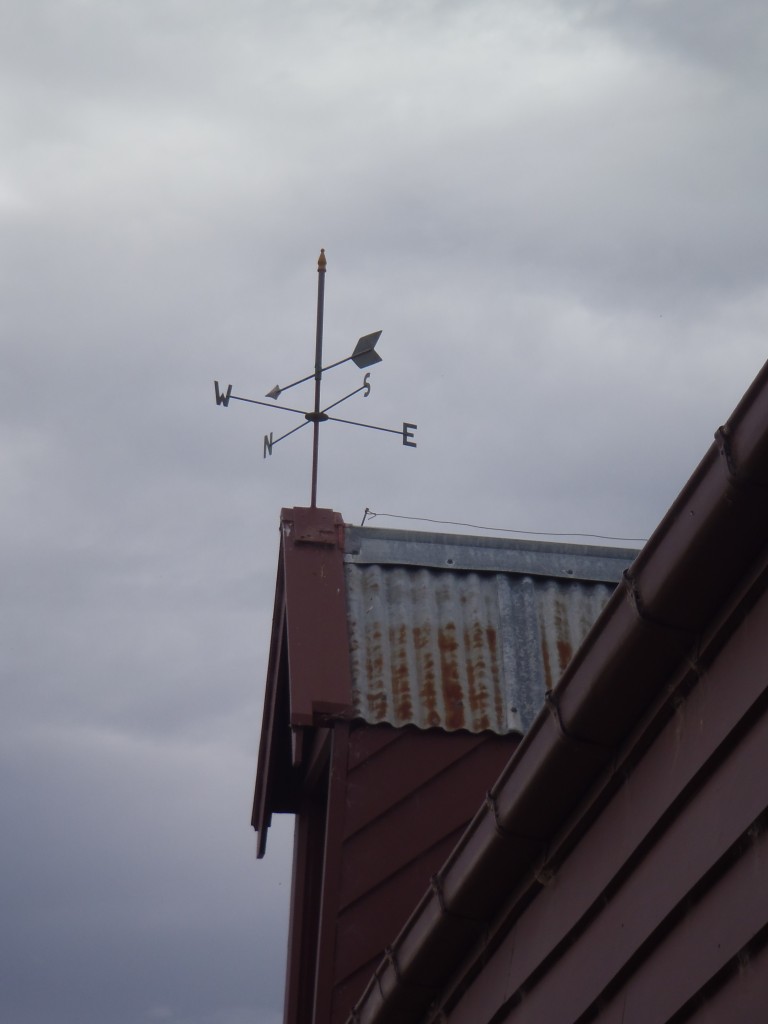
Johnny lost his wife Sarah in 1864, a loss he never fully recovered from. Before he too passed in 1869, he buried six of his eleven children. His funeral was an enormous affair, attended by a pantheon of early Dunedin personalities which included John Cargill (of Tunnel Beach fame), Edward Bowes Cargill (of Cargills Castle), Thomas Burns (minister and part founder of the Otago scheme), Dr D. M. Stuart (minister of Knox Church), and the mayor as well as thousands of onlookers. He was remembered as a man who gave generously to the church in all its denominations, kind-hearted despite a sometimes hasty temper. From an inauspicious beginning, his shrewd business dealings turned him into the richest man in Otago, credited with propping up the Dunedin settlement when it otherwise might have starved.
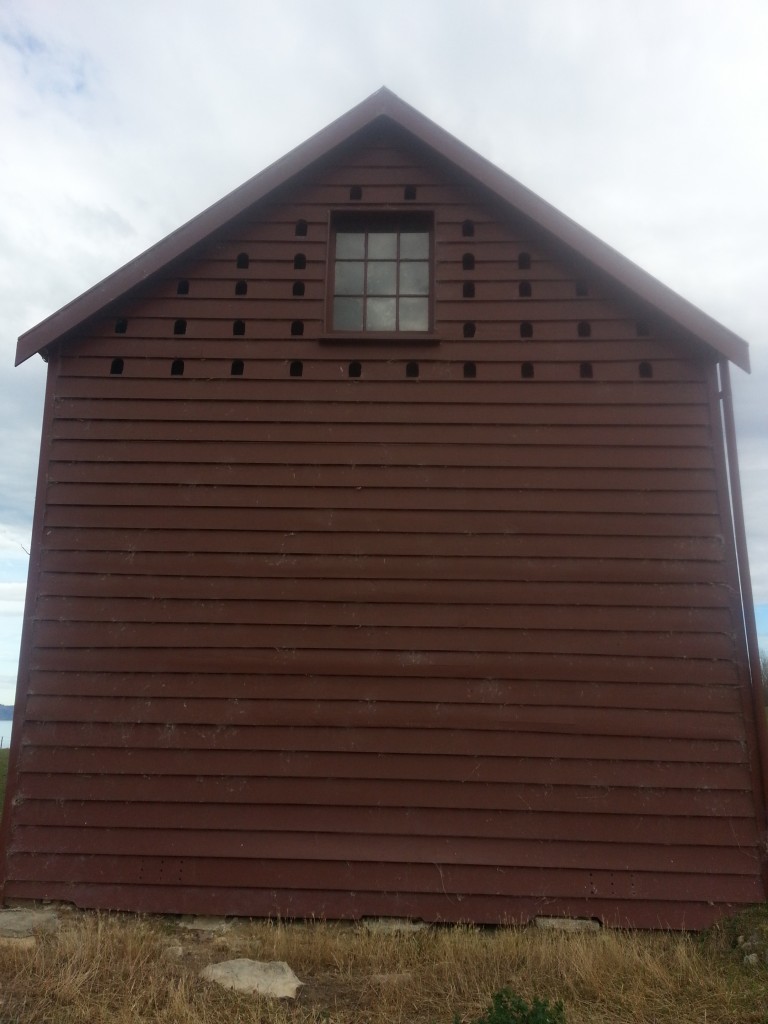
Beyond the small cluster of buildings the land gives way to the moody grey expanse of the sea. What must the settlers of the first European outpost in Otago have felt when gazing out over these same vast waters from their windswept home?
Once we had soaked in the atmosphere, we retraced our steps through the bluegums, back to modern Waikouaiti, the town which grew up around Johnny Jones’ pioneering settlement – the birthplace of Otago.
References:
Matanaka by Hardwicke Knight and Peter Coutts
The Archaeology of Otago by Jill Hamel
FUNERAL OF THE LATE MR. JOHN JONES. Otago Witness , Issue 904, 27 March 1869, Page 17
DUNEDIN. Grey River Argus, Volume VII, Issue 500, 30 March 1869, Page 2
IN MEMORIAM. Otago Witness , Issue 909, 20 March 1869, Page 4


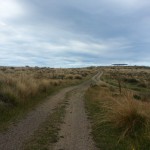
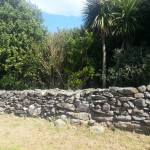
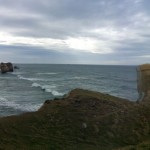
Another well thought out story of our past